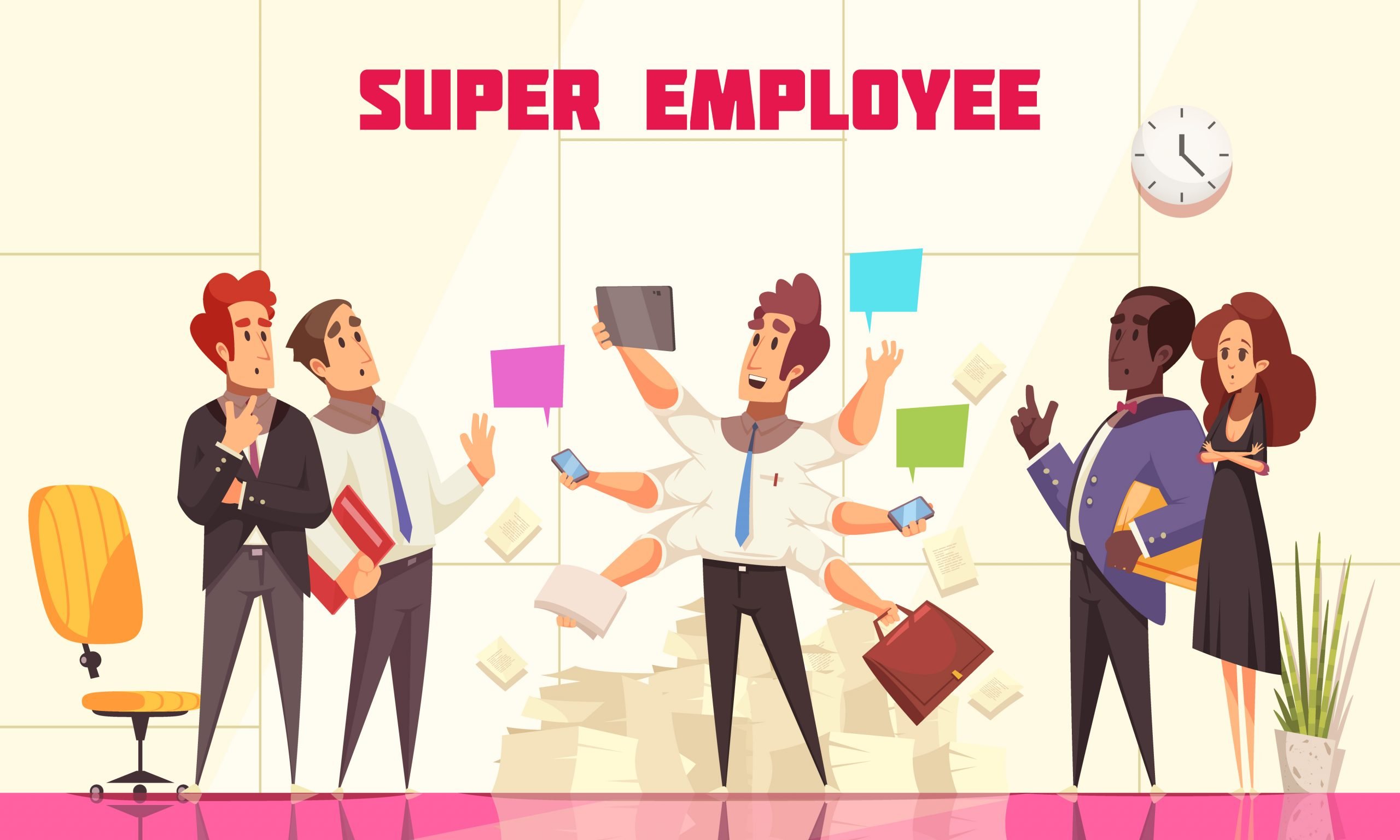Introduction
The term multitasking means that a computer can run more than one item of software within the same time frame. For example, my computer can play music, while I write this article and browse the Internet. The term can also refer to a person who is working on more than one task at the same time. For instance, a person can be talking on the telephone while filing papers into the right folders in a cabinet. Today we are going to explore if multitasking is real or not.

Multitasking
Listen and follow:
Read the complete topic:
The term multitasking means that a computer can run more than one item of software within the same time frame. For example, my computer can play music, while I write this article and browse the Internet. The term can also refer to a person who is working on more than one task at the same time. For instance, a person can be talking on the telephone while filing papers into the right folders in a cabinet. Today we are going to explore if multitasking is real or not.
The Oxford English Dictionary states that the term multitasking was first used in 1966 in the following sentence: "Multi-tasking is defined as the use of a single CPU for the simultaneous processing of two or more jobs." But then the term was used for people who could do many things at once. Eyal Ophir, a scientist that was part of a team, completing the Stanford Multitasking study, says: "Humans don't really multitask. We task-switch. We just switch very quickly between tasks, and it feels like we're multitasking."
Eyal Ophir and the other scientists in the team put one hundred students through three different tests. They divided the group into two, half of them, who were used to doing heavy multitasking, and the other half that was used to doing light multitasking. They wanted to confirm or disprove that the students in the group that did multitasking were able to do several things at once better than the group that didn’t multitask as much.
The Stanford Multitasking study confirmed that students who are regularly bombarded with several streams of electronic information do not pay attention, do not control their memory and do not switch from one job to another, as well as those who prefer to complete one task at a time. Other similar studies also point to severe consequences of multitasking, among others. Multitasking impacts your short-term memory. It leads to increased anxiety. It inhibits creative thinking. It stops you from getting into a state of flow and it causes more mistakes and less productivity.
Nicholas Carr, the writer of the book “The Shallows”, says the Internet is changing the way we think, read and remember. The Internet helps us find information faster, but it is hurting our ability to absorb and retain it. Before the Internet, the theory goes, our attention expanded vertically and deeply. With the Internet, our focus extends horizontally, and shallowly. We are superficially familiar with many things but we know less deeply about a single one.
Single-tasking lowers your stress levels. When you fully focus on a single task, you feel less stress, and you can even enjoy your work. Focusing on one thing at a time means you’ll get more done because single-tasking is more likely to get you into a state of Flow that is up to 500% more productive. Single-tasking can make you more creative. Sitting through the initial discomfort of single-tasking unlocks your brain’s potential. This is why “creators”, people who spend their days on tasks like writing or coding, need long periods of uninterrupted deep-focused time.
These are three tips that can help you avoid multitasking. 1. Create a daily schedule with dedicated time for focused work at the start of your day. The goal is simply to start rebuilding your ability to focus on the task at hand without distraction. 2. Limit your email time and work in “bursts” by using a timer and taking breaks to improve your time management ability. 3. Block distracting websites by keeping fewer internet pages, programs and apps open.
Two more tips are to alternate between periods of focus and breaks and optimize your work environment for focus. Avoiding multitasking doesn’t mean avoiding breaks. Breaks help you keep your energy levels high and focus on single-tasking. You can use the Pomodoro technique, working 25 minutes and then taking a 5-minute break or the 52/17 rule, 52 minutes on, 17 minutes break. Optimize your work environment for focus. Designing a work area for focus can be as simple as clearing out the clutter, both physical and digital, and having a space where you can concentrate without interruptions.
